If you've been wondering how to get more power from your rotary engine, then you'll definitely want to hear about this simple hack that can boost a rotary engine's output. We have researched the science behind it to make sure it works and we'll share it with you.
In order to increase the power output of your rotary engine, you need to make some modifications to it. Porting is the process of making small cuts in the surface of a rotary engine's combustion chamber to create a larger surface area for the combustion chamber to breathe.
This is done so that the engine has more capacity for air intake, which will allow it to burn more fuel. The result is that the engine will run better because of the increased amount of air and fuel mixture it can draw in.
In the following sections, we'll provide a detailed guide to help you understand how rotary engines work and how to get more power from them. With some basic knowledge and a few easy-to-follow instructions, you'll be able to get your engine running and produce more power in no time so read on!
How Does a Rotary Engine Work
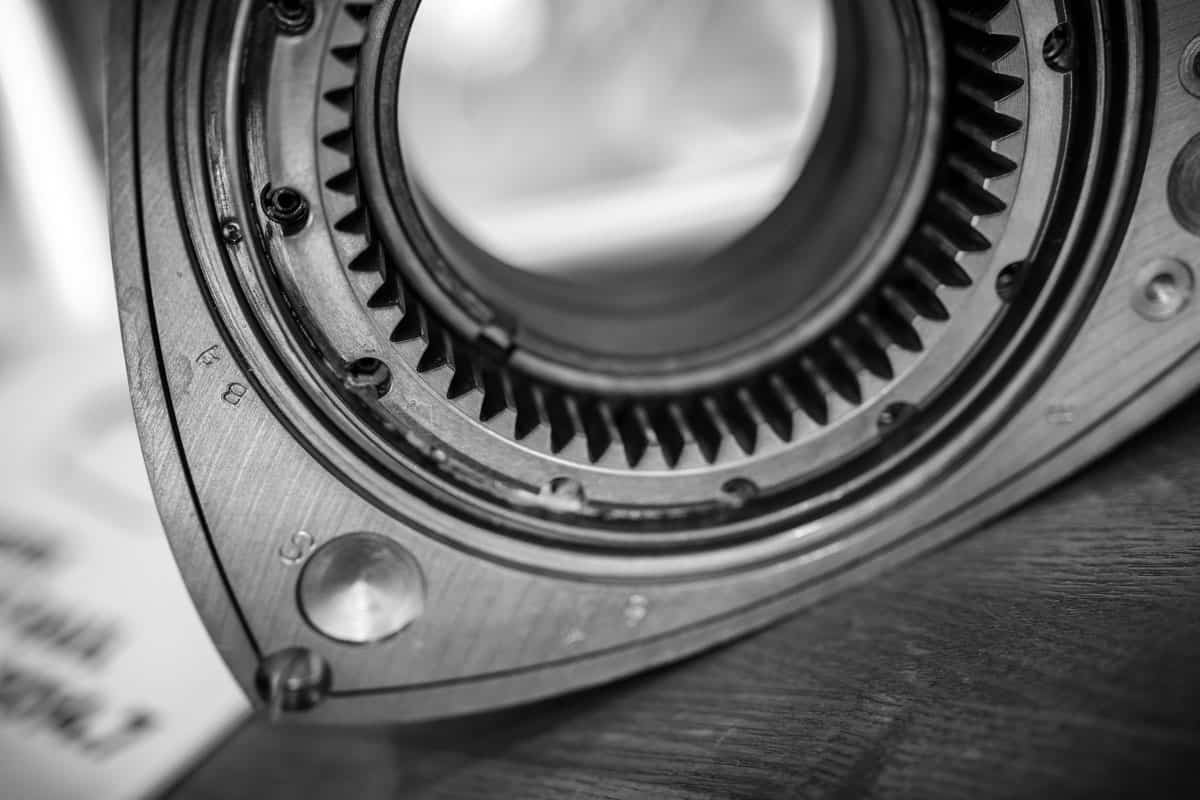
A rotary engine is a type of internal combustion engine that uses a rotary design to convert pressure into a rotating motion instead of using reciprocating pistons.
The engine has a triangular rotor that orbits around a central drive shaft, sealed inside an oval-shaped housing. As the rotor rotates, it passes through four main stages of operation: intake, compression, combustion, and exhaust.
Intake phase
The intake phase begins as the rotor completes its rotation in the combustion chamber (stator) and begins to move past the intake ports. The intake ports are located in the stator and are positioned such that they align with the intake side of the rotor as it passes by.
As the rotor moves past the intake ports, the combustion chamber (combustion space between the rotor and the stator) is no longer sealed and fresh air and fuel are able to enter.
The fresh air and fuel are drawn into the combustion chamber by the vacuum created by the spinning rotor. The air and fuel are then compressed by the motion of the rotor as it moves toward the center of the stator.
Compression phase
In a rotary engine, the compression phase begins as the rotor moves towards the center of the stator, after the intake phase, compressing the mixture of air and fuel that was drawn into the combustion chamber during the intake phase.
The compression phase is defined as the movement of the rotor from the intake side to the combustion side. As the rotor rotates towards the center, the volume between the rotor face and the stator decreases.
The combustion chamber is sealed by the rotor during the compression phase and the air and fuel mixture is compressed. The compressed mixture of air and fuel is held in the combustion chamber until it is ignited by the spark plug.
Combustion phase
In a rotary engine, the combustion phase begins immediately after the compression phase, when the compressed mixture of air and fuel in the combustion chamber is ignited by a spark from the spark plug.
As the mixture of air and fuel is ignited, it starts to burn and rapidly expand. This expansion generates a high-pressure force that acts on the rotor, pushing it to rotate.
The rotor is connected to the crankshaft, which converts the rotary motion of the rotor into linear motion that can be used to drive the wheels of a vehicle.
Exhaust phase
The exhaust phase takes place as the rotor completes its rotation in the combustion chamber (stator) and begins to move past the exhaust ports.
As the rotor moves past the exhaust ports, the combustion chamber (combustion space between the rotor and the stator) is no longer sealed and the exhaust gases are able to escape.
How To Increase the Power Output Of Your Rotary Engine
Porting a rotary engine involves modifying the internal shape and size of the engine's ports, which are the openings in the engine's housing through which air and fuel enter and exhaust exits.
Porting can be done to increase the engine's power and efficiency by allowing more air and fuel to flow into the engine and allowing exhaust to exit more quickly.
The process of porting a rotary engine can be quite involved and requires specialized tools and knowledge. Some specific steps that may be involved in porting a rotary engine include:
- Removing the engine from the vehicle.
- Disassembling the engine to access the ports.
- Measuring the current port dimensions and flow rates.
- Planning the modifications to be made to the ports. Most technicians use standard porting templates to make the job easier.
- Carefully grinding and shaping the ports to the desired dimensions and shape.
- Checking the engine's compression and power output before and after the modifications.
- Reassembling the engine and reinstalling it in the vehicle.
It's advisable to have a professional perform this task as it requires specific knowledge and tools and can damage the engine if not done properly.
How is a Rotary Engine Different From a Standard Piston Car Engine?
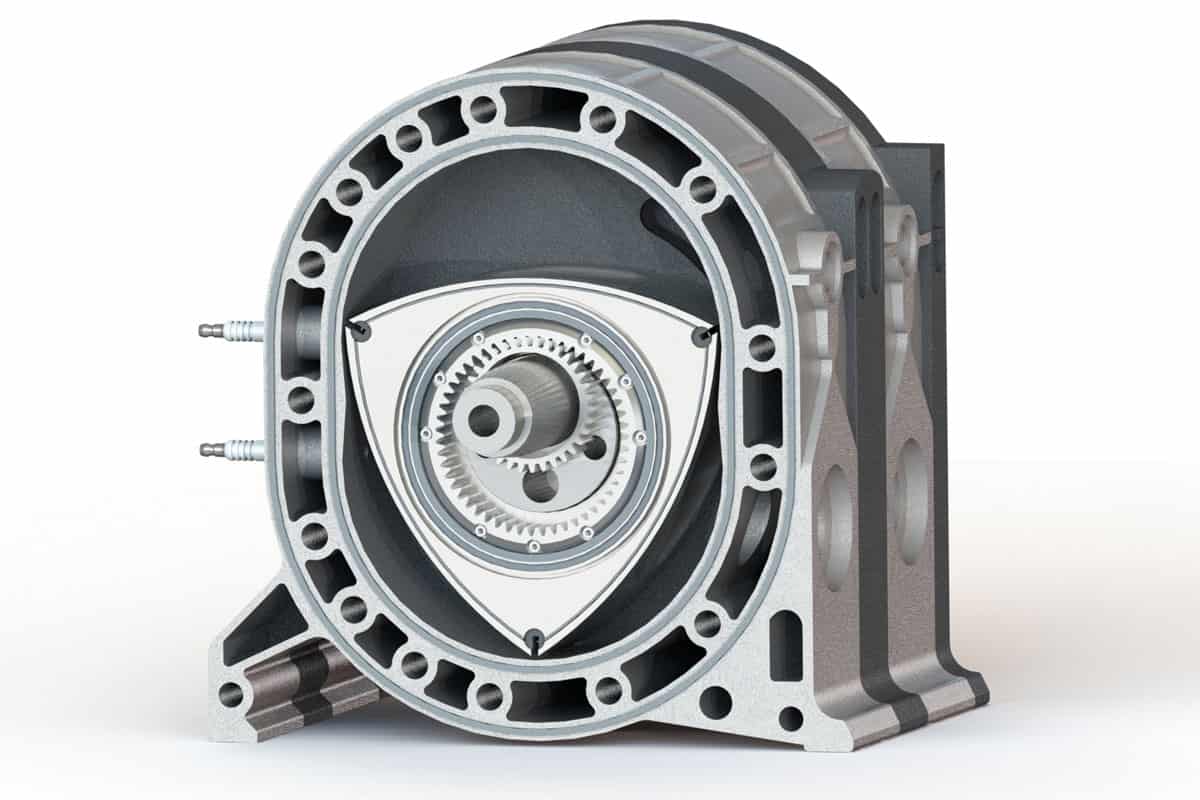
A rotary engine and a piston engine are both types of internal combustion engines, but they have different designs and operate in slightly different ways.
A piston engine, also known as a reciprocating engine, has cylinders in which pistons move up and down. A rotary engine, on the other hand, has a triangular-shaped rotor that spins inside a housing.
The rotor has three main components: the eccentric shaft, the main shaft, and the side housings. These components seal off and define the combustion chamber. As the rotor spins, it creates a series of sealed combustion chambers that drive the engine.
Pros and Cons Of Rotary Engines
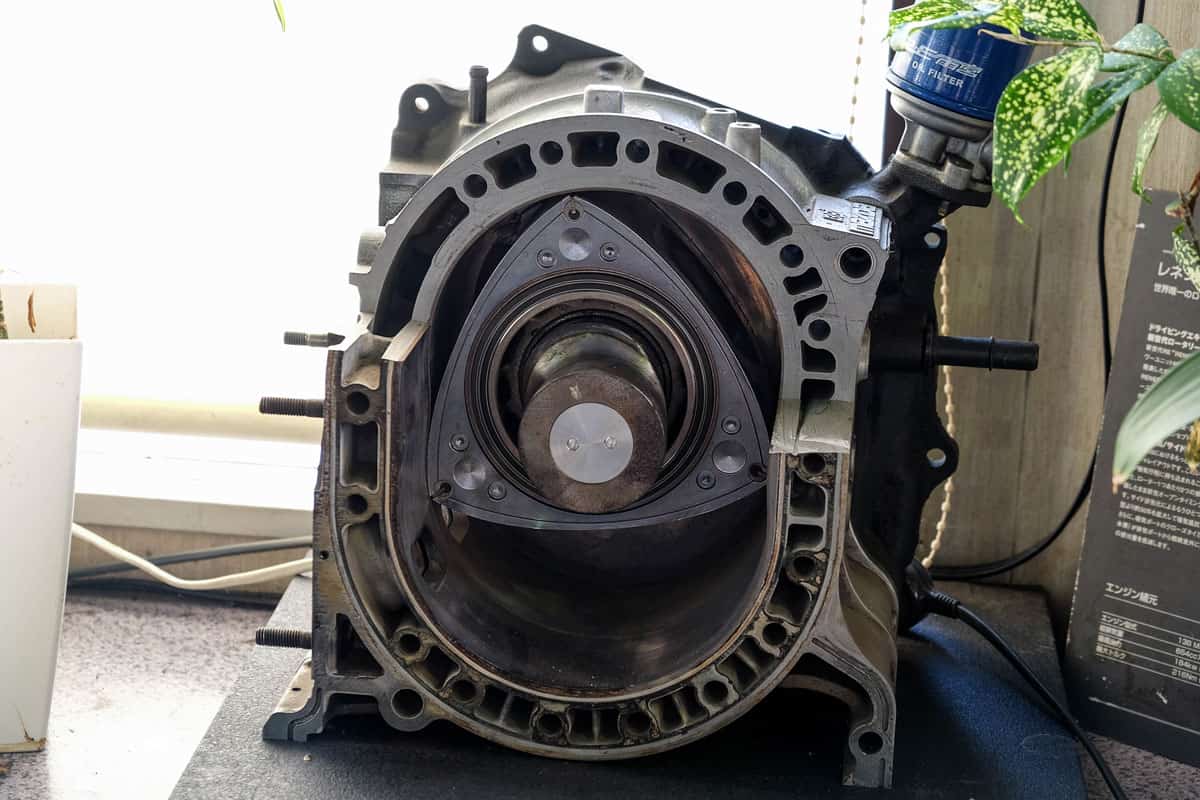
If you're considering getting a rotary engine for your car, it’s important to understand all of the pros and cons of this type of engine.
Pros
Fewer moving parts than piston engines
A rotary engine has fewer moving parts than a piston engine because it uses a rotor instead of pistons to compress and combust the fuel-air mixture.
This design allows for a simpler and more compact engine with fewer parts that need to move in order for the engine to function. This can lead to several advantages, such as:
Increased durability
With fewer parts, there are fewer things that can break or wear out.
Improved reliability
Because there are fewer parts, there are fewer points of failure, which can make the engine more reliable overall.
Increased power-to-weight ratio
The simpler design of a rotary engine can allow for more efficient use of space, which can allow for a more powerful engine to be built in a smaller package.
Rotary compression also is a more efficient method of combusting fuel than cylinder compression. A rotary engine may be smaller than a piston engine in terms of size, but it sure does packs a lot of punch!
Reduced vibration and noise
Rotary engines create less vibration and noise because there are fewer reciprocating parts. This means that a rotary engine will not experience the same level of stress as a piston engine when revved at the same RPM.
Cons
Poor fuel economy
A rotary engine typically has higher fuel consumption than a piston engine because the design of the engine results in a lower thermal efficiency. Thermal efficiency is a measure of how effectively the energy from the combustion of fuel is converted into useful work.
In a rotary engine, the combustion chamber is essentially a triangular-shaped housing that rotates around a stationary shaft.
Because the combustion chamber is constantly changing in volume as it rotates, it is more difficult to achieve optimal combustion and therefore the thermal efficiency is lower.
Additionally, the rotary engine also tends to generate more internal friction and loses more energy as heat due to its design than the common reciprocating piston engine.
Expensive parts
Rotary engines have more specialized and complex parts that are typically more expensive to manufacture and replace than those in a piston engine.
For example, the rotor and housing of a rotary engine require precision machining to achieve tight tolerances, and the seals that keep the combustion chamber sealed are subject to wear and need to be replaced often.
Additionally, the rotor faces are subject to more demanding thermal and mechanical stresses, requiring more expensive alloys and coatings to withstand them.
This can increase the costs of these parts, which can be a factor in the higher overall cost of owning and maintaining a vehicle with a rotary engine.
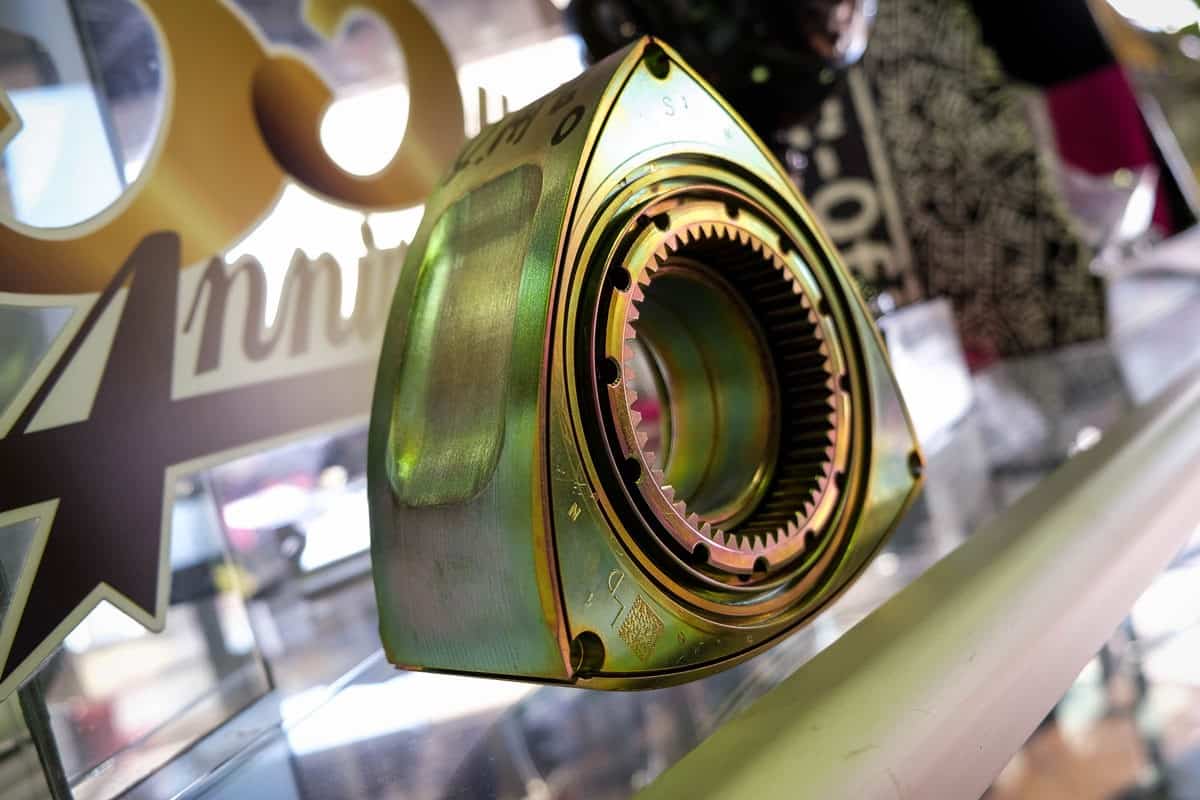
How High Can a Rotary Engine be Revved Up?
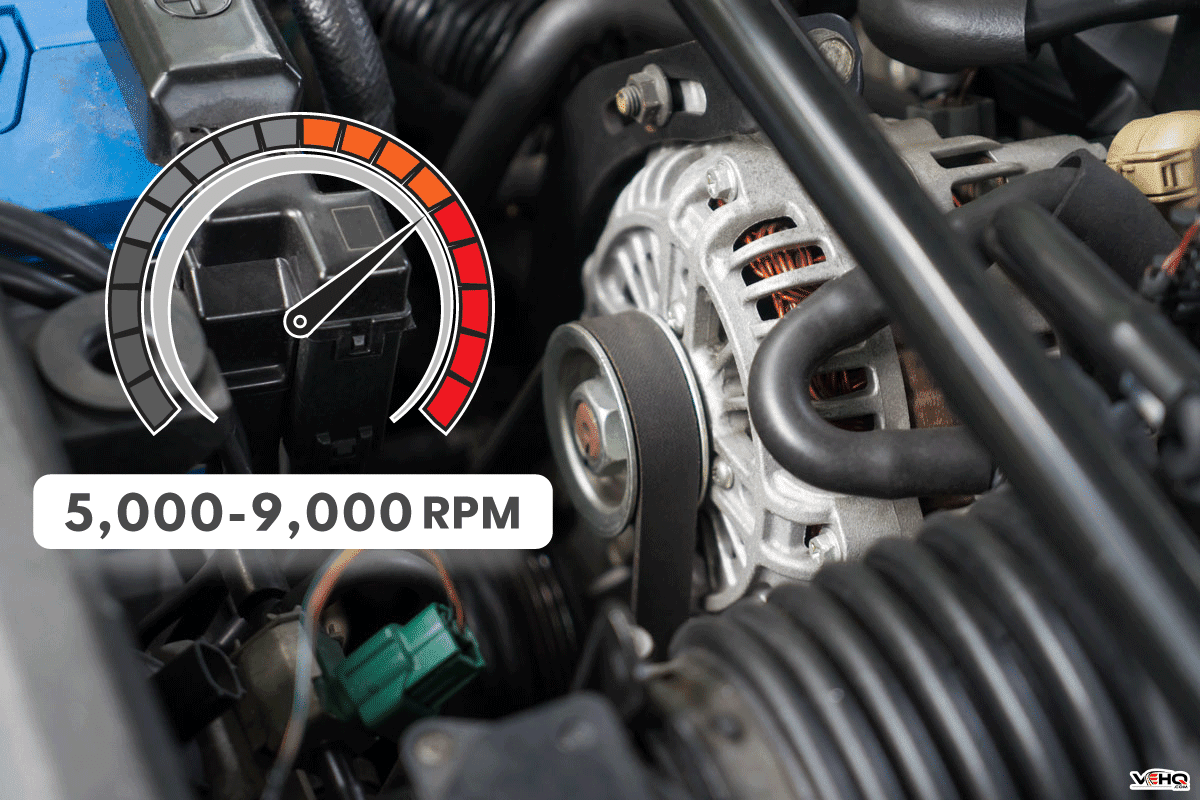
Some rotary engines are capable of reaching very high RPMs, while others are designed to operate at lower RPMs. Generally speaking, most rotary engines are designed to operate at RPMs between 5,000 and 9,000.
However, it is not uncommon for rotary engines to be pushed to over 30,000 RPMs in racing applications, where the engine is being pushed to its limits.
Are There Still Modern Cars Made With Rotary Engines?
The last modern car with a 13B rotary engine was the Mazda RX-8 which was rolled out in 2012. Parts are still being manufactured though to this day to support RX-8 owners when they need them.
In Closing
After reading this article, you will have gained a great understanding of the basics of a rotary engine. You will also have learned how to modify a rotary engine to increase its power output. Once you've ported and got your rotary engine up and running again, we recommend that you take some time to enjoy the feeling of power. It can be a good feeling knowing that you've upgraded your engine which can propel you through the air!
You might also like:
